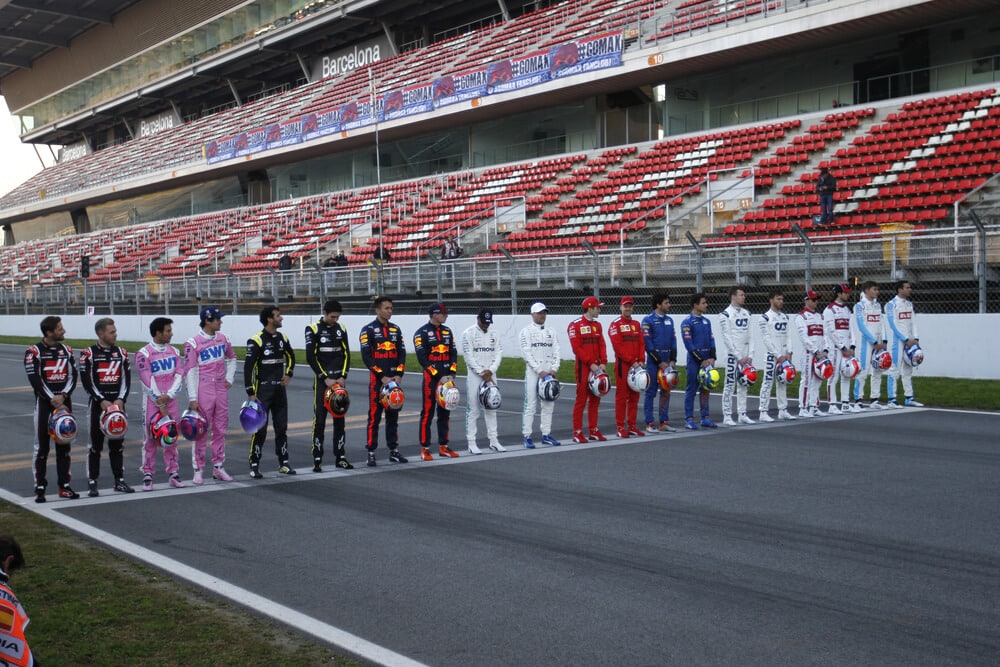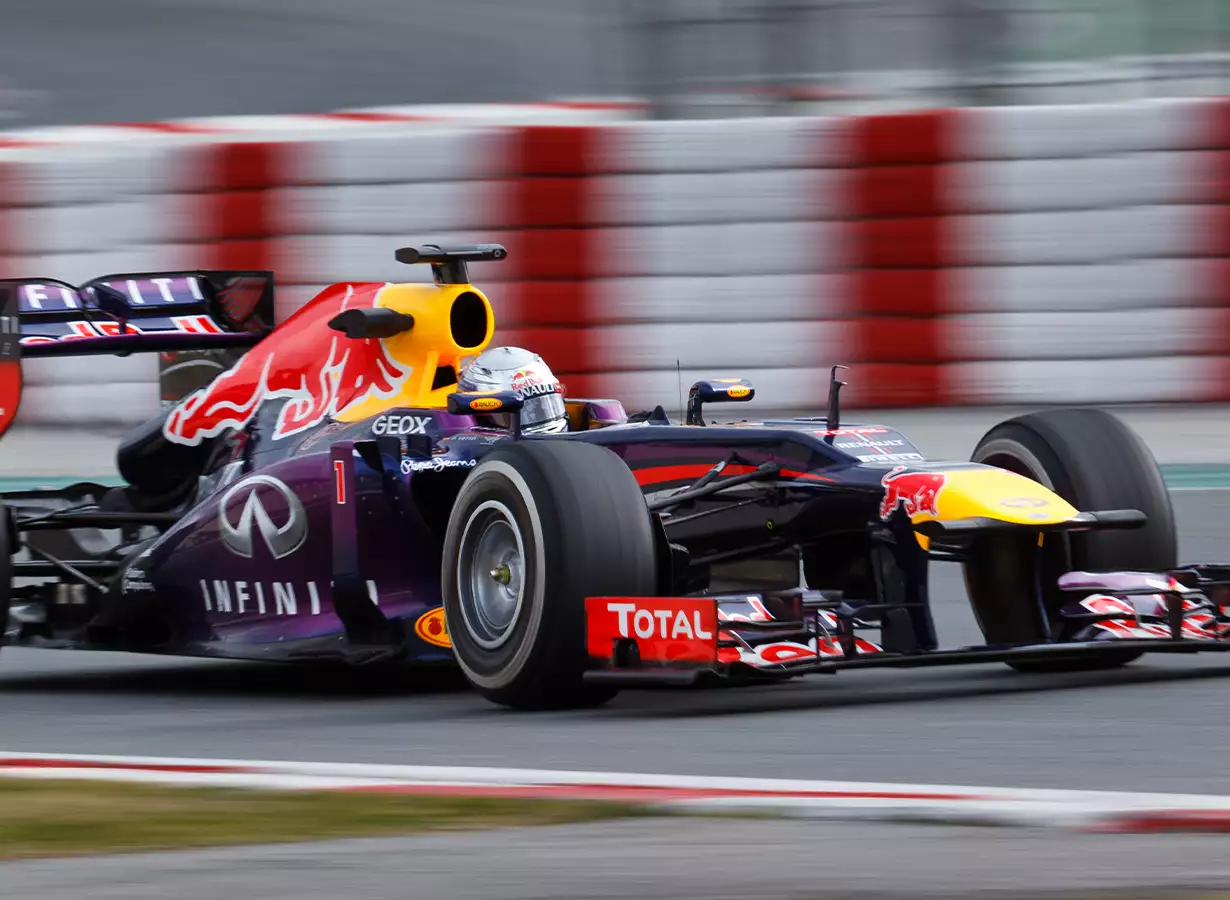Formula One, the pinnacle of motorsport, conjures images of speed, glamour, and extraordinary talent. As an aspiring driver, the dream of gracing the world’s most prestigious racing circuits becomes a burning desire.
But how does one embark on this adrenaline-fueled journey, navigating the twists and turns that lead to the coveted Formula One grid?
Strap in as we unveil the guide to becoming a Formula One driver.
Table of Contents
Watch this video to learn more about how to become an F1 driver.
1. Start Early and Excel in Karting
Imagine yourself gripping the tiny steering wheel of a kart, the roar of the engine drowning the world around you. This is where the story begins for many legendary drivers.
Karting, the grassroots of motorsport, is the breeding ground for future champions. Start young, and start fast! Local karting clubs or schools serve as the launchpad for honing those raw racing skills.
Kickstart your journey by participating in thrilling karting championships, where each race is an opportunity to showcase your mettle.
- Join local karting clubs or schools to gain experience and exposure.
- Participate in karting championships and aim for consistent top performances.
- Notable karting championships: Rotax Max Challenge, WSK Super Master Series.
2. Pursue Competitive Junior Single-Seater Championships
As the dust settles on the karting circuit, it’s time to set your sights higher – junior single-seater championships. Choose wisely, for this is the realm of future stars.
Seize the opportunity to race on both national and international stages, where each lap is a stepping stone to recognition.
Whether you conquer Formula 4 or soar through Formula 3, each series propels you closer to the elusive world of Formula One.
- Transition from karting to competitive junior single-seater championships.
- Focus on national and international championships to gain recognition.
- Notable junior single-seater championships: F4 British Championship, Euroformula Open.
3. Secure Sponsorship and Funding
Let’s face it – motorsport isn’t for the faint of wallet. The thunderous roar of the engines is rivaled only by the clinking of coins required to support a racing career.
Sponsors are the unsung heroes, the wind beneath your wings. Attracting sponsors demands equal parts charisma and perseverance.
Convince them that backing you is the smartest investment they’ll ever make.
- Emphasize the financial demands of motorsport and the need for sponsorship.
- Provide tips on attracting sponsors and securing financial backing.
- Showcase the benefits sponsors seek from supporting young drivers.
- Establish connections and build relationships within the industry.

4. Join a Racing Academy or Young Driver Program
With sponsors on board, it’s time to buckle up for the ride of a lifetime. Racing academies and young driver programs are like a prestigious school for motorsport prodigies.
Enroll in one, and you’ll have expert mentors guiding you toward racing greatness.
These programs offer the perfect blend of training, mentoring, and opportunities to catch the discerning eyes of Formula One teams.
- Explore the advantages of enrolling in a racing academy or joining a young driver program.
- Mention notable Formula One team academies and their selection process.
- Describe the training, mentorship, and opportunities provided by these programs.
| Formula One Team | Young Driver Program |
|---|---|
| Mercedes-AMG Petronas Formula One Team | Mercedes-AMG Junior Team |
| Scuderia Ferrari | FDA – Ferrari Driver Academy |
| Red Bull Racing Honda | Red Bull Junior Team |
5. Rise through the Formula One Feeder Series
The road to Formula One isn’t a smooth, straight highway but a challenging series of feeder championships.
Progress through the ranks, and you’ll soon find yourself in the elite territory of Formula 2 – a direct gateway to Formula One.
This crucible of competition separates the exceptional from the extraordinary, where a single lap can rewrite destiny.
- Explain the hierarchy of feeder series leading up to Formula One.
- Discuss the progression from junior single-seater championships to higher-tier series.
- Formula 2: Where talents prove their mettle.
6. Obtain Super License Points
In the realm of Formula One, a Super License is your ticket to the circus. But it’s not merely a golden ticket – it’s the result of hard-earned points based on racing achievements.
Rack up those points, and the gates to Formula One will swing wide open, inviting you to the ultimate showdown.
- Detail the Super License system and its significance in qualifying for Formula One.
- Explain how drivers can accumulate Super License points based on racing achievements.
- Points from various categories of races, such as Formula 2, Formula 3, and regional championships.
7. Catch the Attention of Formula One Teams
As your motorsport odyssey reaches its crescendo, eyes will turn to you from the grandstands to the team garages.
Catching the attention of Formula One teams requires a blend of skill, determination, and luck. Unleash your prowess on the track and maintain sportsmanship off it.
Networking and making your name resonate within the paddock can be the secret to unlocking the next chapter of your racing story.
- Discuss the importance of standing out and showcasing exceptional skills.
- Emphasize the role of consistent performance and sportsmanship on and off the track.
- Offer strategies for networking with Formula One teams and team principals.
8. Participate in Formula One Young Driver Tests
In the world of Formula One, the young driver test is akin to an exhilarating audition for a leading role. Grab this chance with both hands, for it might be your gateway to an F1 seat.
The young driver test allows teams to scrutinize your potential, and legends are born in these pivotal moments.
- Explain the purpose and significance of Formula One young driver tests.
- Describe how young drivers can earn a chance to participate in these tests.
- Mention past success stories of drivers making their mark through these tests.
9. Negotiate a Contract and Secure a Seat
Picture this – pen in hand, contract before you. This is the moment every aspiring driver dreams of.
But it’s no ordinary contract; it’s the pact that binds you to a Formula One team.
Negotiations will demand your shrewdest skills, as securing a seat is both an art and a science.
- Provide insights into the contract negotiation process and its complexities.
- Advise on seeking professional guidance to secure a favorable contract.
- Emphasize the importance of proving oneself during testing and practice sessions.
10. Continuously Improve and Evolve
As a Formula One driver, the pursuit of greatness is ceaseless. Adapting to new racing technologies, evolving strategies, and relentless self-improvement are the keys to staying at the forefront of this high-octane sport.
Embrace the challenge, for it is in this continuous evolution that legends carve their names in history.
Stress the need for continuous improvement and learning at every stage of the journey.
Discuss how to adapt to new racing technologies and advancements.
In the ever-evolving world of Formula One, staying ahead of the curve is paramount. Embrace new racing technologies, from advanced aerodynamics to cutting-edge hybrid power units, and make them your allies on the track. The ability to swiftly adapt to changes in regulations and technical innovations is a mark of a true racing maestro.
Remember, your journey as a Formula One driver doesn’t end with a contract or a seat on the grid. It’s an ongoing expedition towards self-discovery and pushing the boundaries of what’s possible.
Seek inspiration from the greats who have come before you – the Ayrton Sennas, the Michael Schumachers, and the Lewis Hamiltons. Study their driving styles, their mental fortitude, and their unwavering dedication to the sport.
Frequently Asked Questions
What are the first steps to becoming an F1 driver?
How important is it to participate in junior single-seater championships?
How can I secure sponsorship and funding for my racing career?
Are racing academies and young driver programs beneficial for aspiring F1 drivers?
Conclusion
In conclusion, becoming a Formula One driver is a multi-faceted journey that requires a unique blend of talent, perseverance, and a bit of serendipity.
Start early, master the art of karting, progress through the junior single-seater championships, and secure sponsorship to fuel your aspirations.
Join a racing academy or a young driver program to refine your skills and attract the attention of Formula One teams.
Rise through the ranks of feeder series and accumulate Super License points to qualify for the ultimate showdown.



